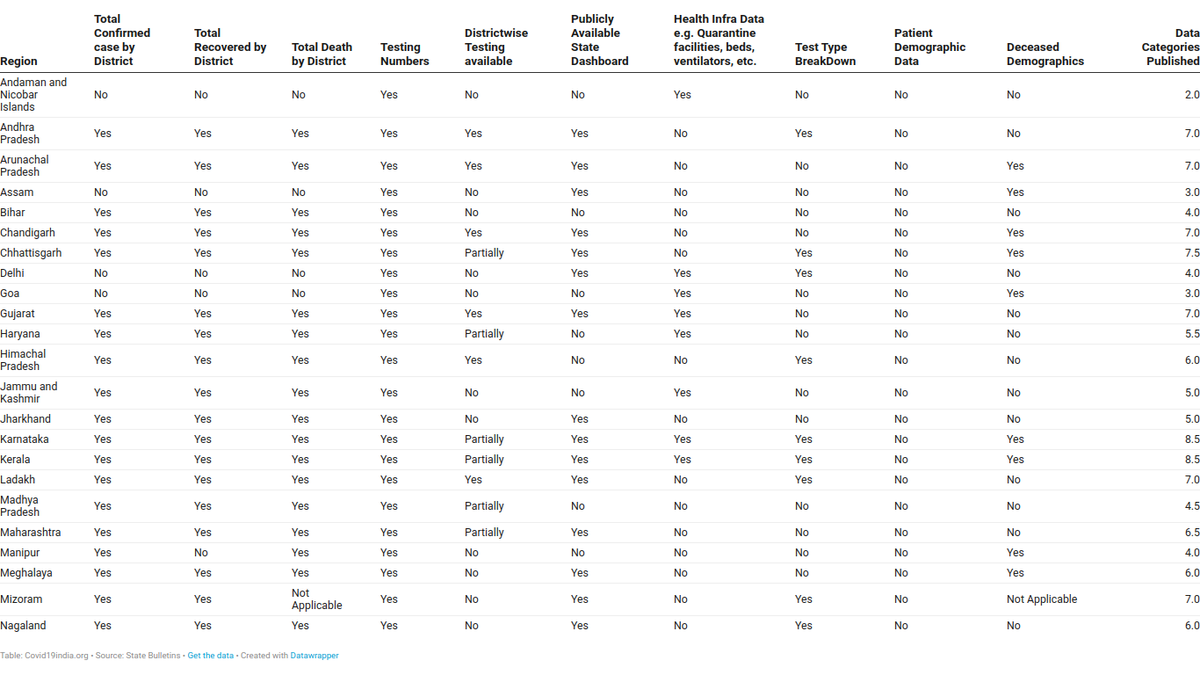
#Oxford AstraZeneca #vaccine Phase 3 trial EARLY results: What it means for India?
➡️ Efficacy of 62% and 90% in different dosages (early non peer reviewed results).
➡️ Early results of ongoing trials on adults in UK, Brazil and South Africa.
➡️ Stores at 2 to 8 deg C.
1/9
➡️ Efficacy of 62% and 90% in different dosages (early non peer reviewed results).
➡️ Early results of ongoing trials on adults in UK, Brazil and South Africa.
➡️ Stores at 2 to 8 deg C.
1/9
➡️ Serum Institute of India (SII), Pune - One of the manufacturing partners of vaccine, will make it available in India after approvals.
➡️ Phase 3 trials in progress in India.
➡️ SII already started manufacturing the vaccine, targeting 100 million doses by Jan 2021.
2/9
➡️ Phase 3 trials in progress in India.
➡️ SII already started manufacturing the vaccine, targeting 100 million doses by Jan 2021.
2/9
➡️ Emergency use approval based on early trial results will be for limited use of vaccine for vulnerable population - criteria being drawn up by govt.
➡️ Use for general population after more detailed trial results come in.
3/9
➡️ Use for general population after more detailed trial results come in.
3/9
➡️ Current trials limited to adults. Approval for use on those below 18 will happen after further testing.
➡️ 2 shots of vaccine required, 28 days apart.
➡️ Uses viral vector technology - weakened adenovirus containing Covid19 spike gene that triggers an immune response.
4/9
➡️ 2 shots of vaccine required, 28 days apart.
➡️ Uses viral vector technology - weakened adenovirus containing Covid19 spike gene that triggers an immune response.
4/9
➡️ SII CEO hinted at pricing at 250 INR/shot for govt. procurement and 1000 INR/shot for private players. Pricing is only indicative and not final.
➡️ Considering that it can be stored at 2-8C temperature, existing vaccination infrastructure can be leveraged.
5/9
➡️ Considering that it can be stored at 2-8C temperature, existing vaccination infrastructure can be leveraged.
5/9
➡️ Oxford vaccine holds promise for India considering its lower price, standard storage requirement, in-country production capability, proven vaccine platform etc.
➡️ These are still early results and detailed Phase 3 results will give more details.
6/9
➡️ These are still early results and detailed Phase 3 results will give more details.
6/9
➡️ Emergency use approval might be provided based on early results, but will be available for priority group. Availability for general population to start after more detailed results come in.
7/9
7/9
Other vaccines to note:
➡️ Covaxin by Bharath Biotech/ICMR, under Phase 3 trials.
➡️ Sputnik V with 92% efficacy as per Russia, also under Phase 3 trials in India.
➡️ Covovax by Novovax in partnership with SII.
➡️ Moderna and Pfizer - No clarity on purchase agreement.
8/9
➡️ Covaxin by Bharath Biotech/ICMR, under Phase 3 trials.
➡️ Sputnik V with 92% efficacy as per Russia, also under Phase 3 trials in India.
➡️ Covovax by Novovax in partnership with SII.
➡️ Moderna and Pfizer - No clarity on purchase agreement.
8/9
In short:
📣 Positive news for India, but remember that vaccination of the larger population will be a time consuming process. We will have to continue depending on masks, safe distancing, hand hygiene and most importantly avoiding crowds for the next many months.
9/9
📣 Positive news for India, but remember that vaccination of the larger population will be a time consuming process. We will have to continue depending on masks, safe distancing, hand hygiene and most importantly avoiding crowds for the next many months.
9/9
• • •
Missing some Tweet in this thread? You can try to
force a refresh






